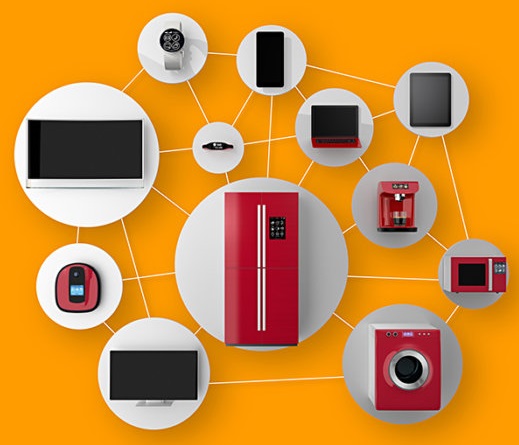We must stay vigilant about security.
 During the past few years, the Internet of Things (IoT) has become one of the hottest movements of our time. Although many technology trends and buzzwords come and go overnight, it’s clear that the IoT is here to stay. Almost half of the world's population is online, and technology is a deeply integrated part of our lives. Smart thermostats regulate our business and household temperatures, connected cameras watch over our homes and pets, online TVs and speakers respond to our every need, and intelligent devices constantly monitor our health.
During the past few years, the Internet of Things (IoT) has become one of the hottest movements of our time. Although many technology trends and buzzwords come and go overnight, it’s clear that the IoT is here to stay. Almost half of the world's population is online, and technology is a deeply integrated part of our lives. Smart thermostats regulate our business and household temperatures, connected cameras watch over our homes and pets, online TVs and speakers respond to our every need, and intelligent devices constantly monitor our health.
According to Gartner, the number of world-wide Internet connected devices will grow to 11.4 billion by 2018. It’s a phenomenal trend that will continue to spread until human and machine connectivity becomes ubiquitous and unavoidably present.
Of course, anything that develops this rapidly will bring a lot of growing pains, and the IoT is no exception. Security hazards are one of the largest concerns. The market has emerged so quickly that manufacturers have hastily created insecure products in their rush to bring goods to market. Security has received very little, if any attention. Despite this lack of security and the inherent dangers it brings, we continue to buy and deploy these smart gadgets. As Amy Webb, futurist and CEO at the Future Today Institute proclaims: "Technology can be like junk food. We'll consume it, even when we know it's bad for us.”
There’s little doubt that the growth of insecure IoT devices will increase fraud. We’ve already seen numerous attacks against point of sales terminals and ATM machines. Recently, we witnessed how self-propagating malware can infect IoT devices in mass. In October 2016, nearly 150,000 smart security cameras were infected with malware as part of the Marai attack. In that particular assault, the compromised cameras launched a denial of service attack against the internet’s backbone, but the target could just as easily have been financial service organizations.
Today’s cybercriminals are organized, smart, and well equipped. They have the funding and resources to infect millions of IoT gadgets with disruptive mechanisms, spyware, password snatchers, legitimate device imitators, and a host of other nasty contraptions.
The only way to effectively protect ourselves is to stay continually vigilant and stay up to date with the latest knowledge and the most advanced security and fraud prevention tools. The threats are dramatically changing, and if we want to minimize our risks of being attacked, we must be willing to change and adapt as well.
Source: Network World
